Top 12 Religious Trees and Plants of India

India is a land of diverse cultures and religions, each with its unique traditions and rituals. Many Trees and Plants hold immense religious significance in various faiths across the country. These religious plants are not only integral to religious ceremonies but also play a vital role in the cultural fabric of India. In this blog post, we’ll explore the Top 12 Religious Trees and Plants of India and their spiritual importance.
List of Religious Trees and Plants of India
- Peepal
- Banyan
- Bael
- Ashoka
- Mango
- Neem
- Banana
- Coconut
- Sandalwood
- Kadamb
- Tulsi
- Parijaat tree
Religious Trees and Plants Found In India
Peepal
The Peepal tree, commonly referred to as the Bodhi tree, holds significant religious importance in India. It is revered by Buddhists, as it is believed that Gautam Buddha achieved enlightenment while sitting beneath its branches. In Hinduism, the peepal tree represents the three supreme gods- Vishnu, Brahma, and Shiva.

The roots represent Brahma, the trunk represents Vishnu and the leaves of the tree represent Shiva.
In addition to its religious significance, the Peepal tree also finds application in Ayurvedic medicines, where it is recognized for its therapeutic properties in treating various ailments. As a symbol of reverence, people often tie a cloth or thread of red color around the tree as part of their worship rituals.
Read More: 10 Importance of Animals in Our Life
Banyan
The Banyan tree is commonly regarded as the humble abode of Krishna. These trees are consistently found near temples, and often, a shrine is situated beneath the expansive branches of the Banyan tree.

It is also the national tree of our country and has a large foliage that provides a vast field of shade. In the scorching summers, many people jaded by the blistering heat take shelter under the shade of the banyan tree.
Bael
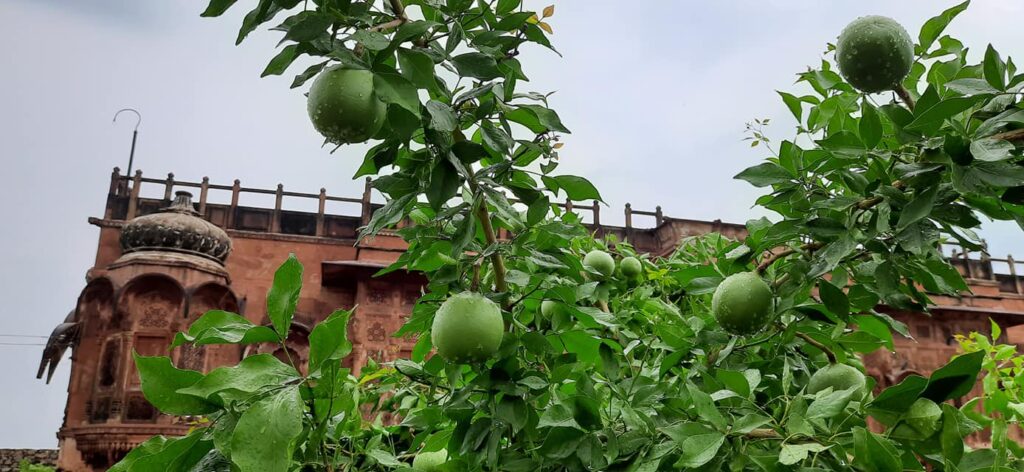
The Bael tree holds immense religious significance in India and is closely linked to the revered Lord Shiva. It is customary to present bael leaves to Lord Shiva, and religious ceremonies are deemed incomplete without the offering of both bael leaves and fruits to him.
Read More: 10 Most Oxygen-Producing Trees in India
Ashoka
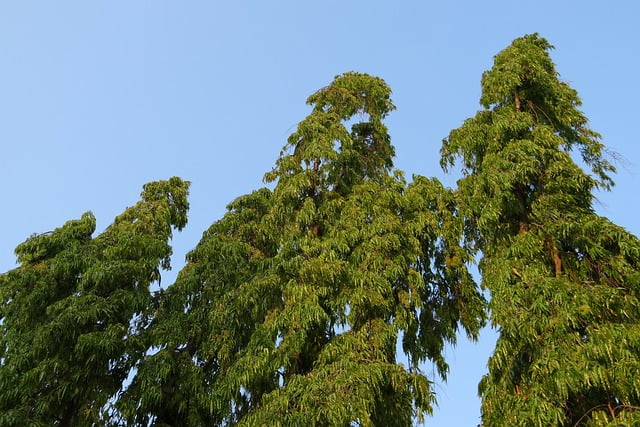
Ashoka is a very well-known evergreen tree which has beautiful and fragrant flowers. The Ashoka tree is considered sacred by Hindus, Buddhists, and even Jains. In Hinduism, this tree is associated with the God of Love, also known as the Kama Deva.
Mango
The leaves and fruits of the sacred mango tree are used in many religious ceremonies. The mango tree has been cited in the epics like Ramayana, Mahabharata, and even in the Puranas.
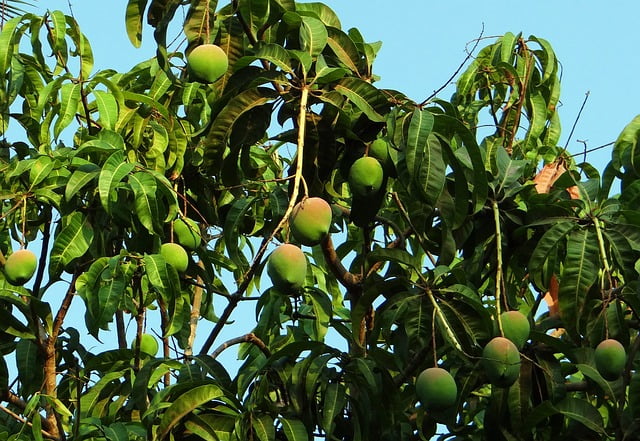
The fruit of the mango tree is an emblem of purity, love, and fertility. The leaves of the mango tree are always hung by a string expressing the auspiciousness of of any occasion.
Read More: 7 Most Famous Fruit Capitals Of India
Neem

The neem tree is one of the most respected trees in India due to its numerous benefits. Neem has medicinal properties and is used to treat many diseases. It is also associated with goddess Durga and many people believe that neem trees help in keeping evil spirits at bay.
Banana
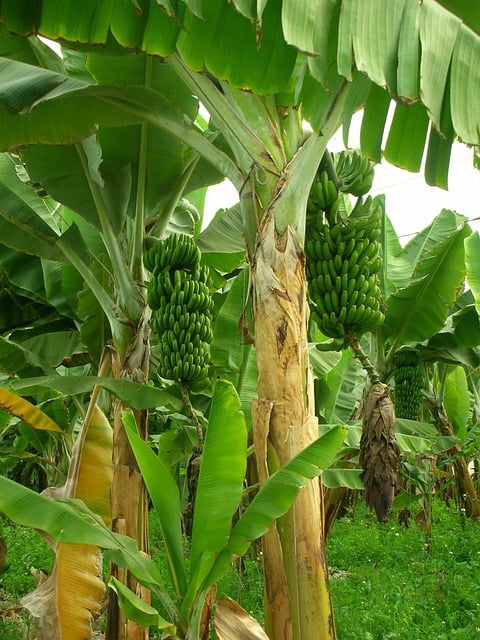
The sacred banana tree is used in many religious ceremonies. The leaves are hung near the entrance to mark an auspicious occasion and are also used as plates to give prasad. The fruit of the banana tree is offered in religious ceremonies to gods and goddesses, in particular, Lord Ganesha and Lord Vishnu.
Read More: 13 Flowers That Bloom at Night
Coconut

In South India, the coconut tree is considered the most sacred tree. Most of the people there have planted a coconut tree in their houses. Coconut is used in many religious ceremonies of the Hindus and is even distributed as prasad.
Sandalwood
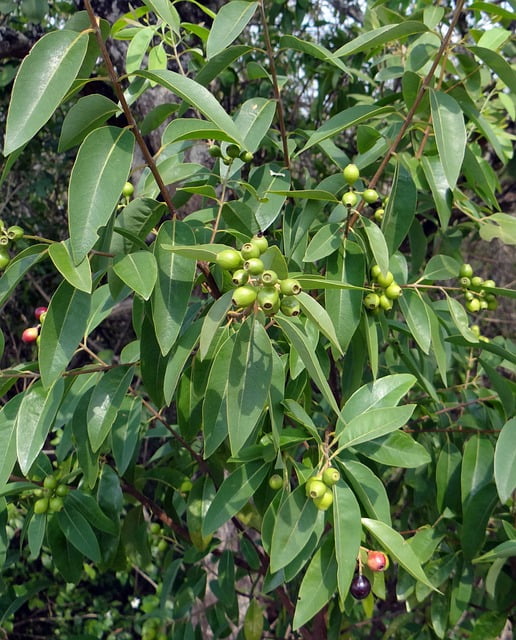
Sandalwood is also considered to be a holy and sacred tree. The fragrant wood of the tree is made into a paste, which is then used in worshipping Lord Vishnu and Shiva. The paste of the tree is considered very pure and holy.
Read More: Unbelievable Natural Phenomena: A Glimpse into the World’s Wonders
Kadamb
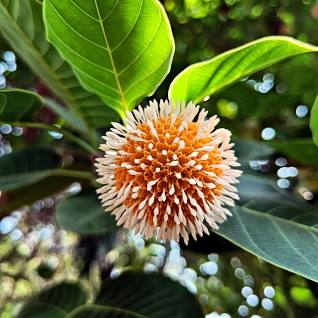
It is an evergreen, tropical tree native to South and Southeast Asia. Lord Krishna used to play his flute under the Kadamb tree. All the activities in his childhood were done near this tree. The Kadamb tree is a favorite among many gods and goddesses. Goddess Durga is believed to reside in the Kadamba forest.
Tulsi
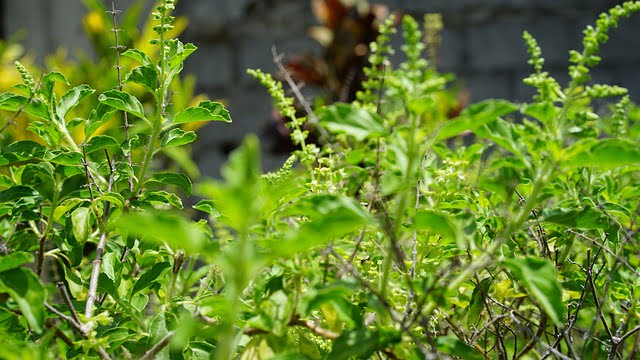
Tulsi is one of the most common sacred plants in our country. Many people have tulsi planted in their backyards. Tulsi is always needed in religious ceremonies and is also popular for its medical applications. Tulsi is loved by Lord Vishnu and in Hinduism, tulsi Vivaah is a very popular religious practice. Apart from this, yogis wear tulsi beads to purify their mind, body, and soul.
Read More: Why We Need to Visit Natural Places
Parijaat tree
Parijaat tree is the name of one tree and not a whole species. This tree is found in Kintoor in Uttar Pradesh. It is the male tree of the baobab genus and is found in parts of Africa and Australia.
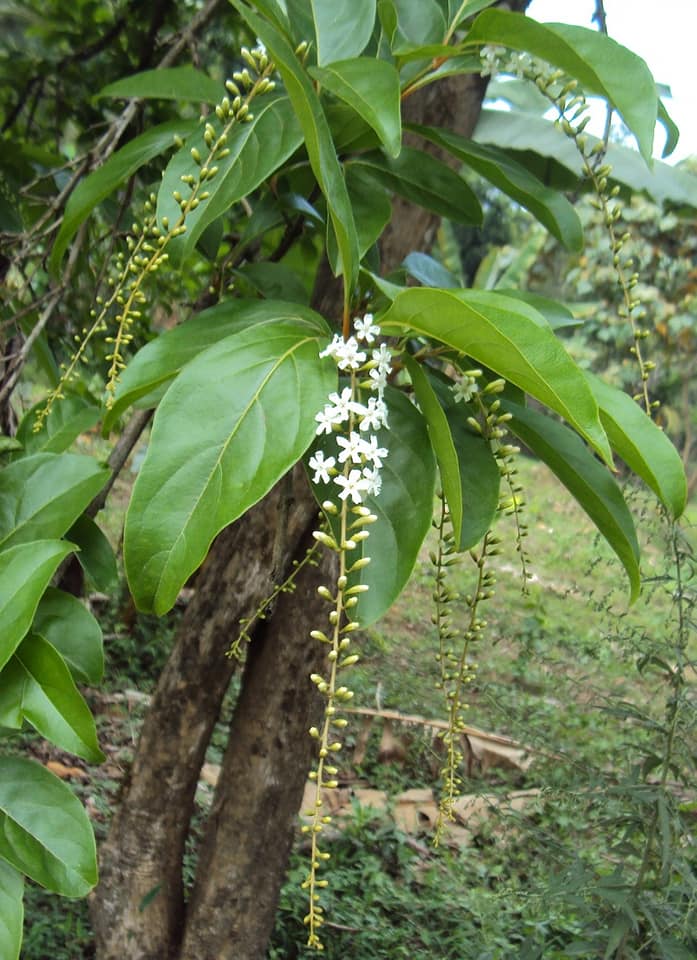
These trees are said to be unique and the one found in Kintoor is estimated to be 1000 to 5000 years associated with Mahabharata and is said to be growing on Kunti’s ashes. This tree is believed to have been brought from heaven by Krishna.




